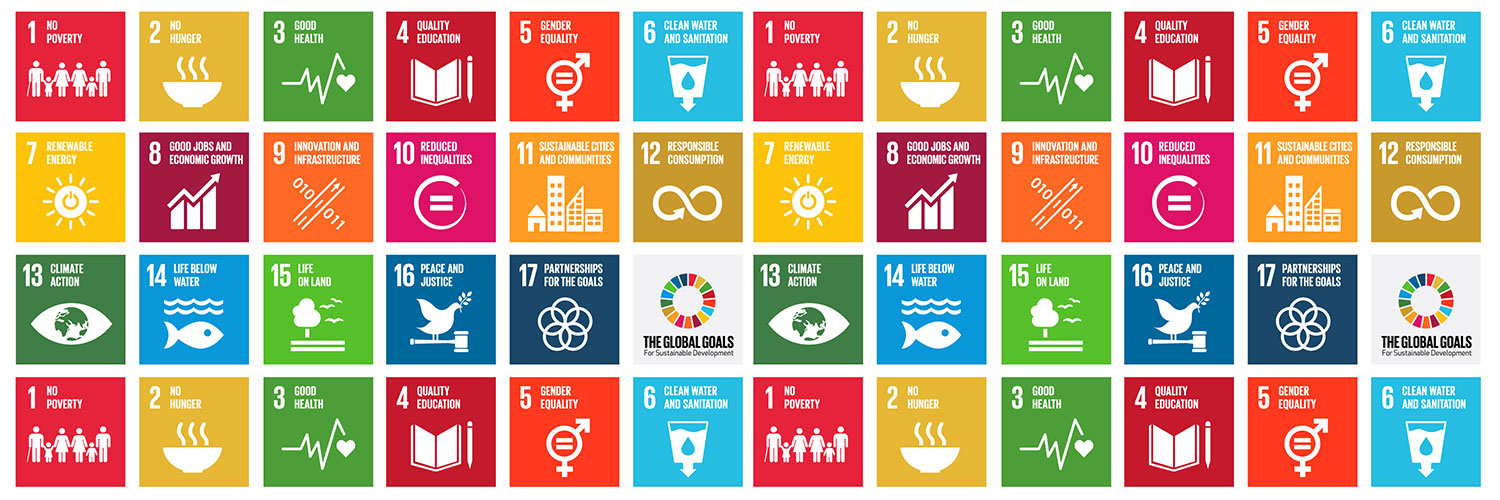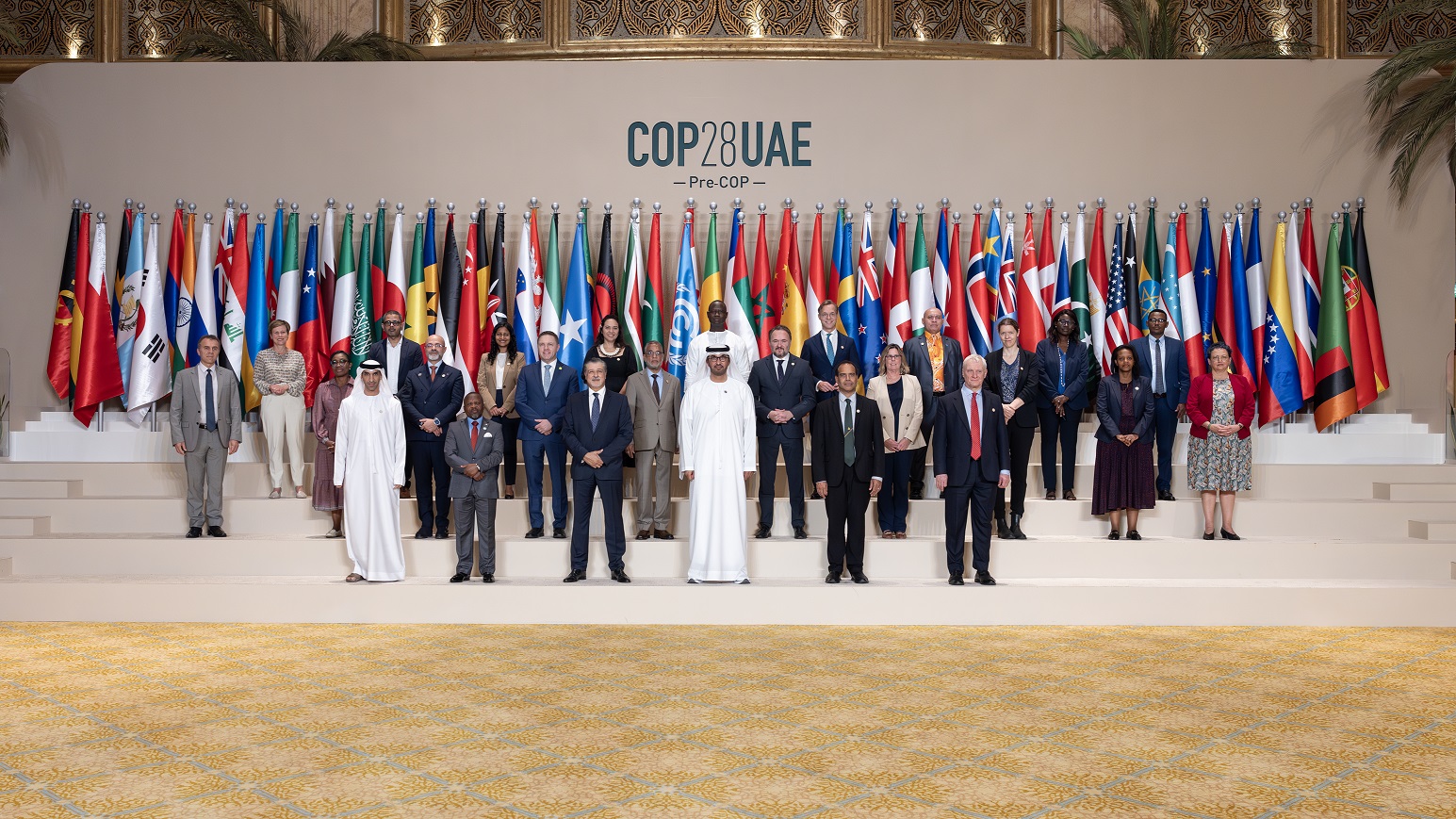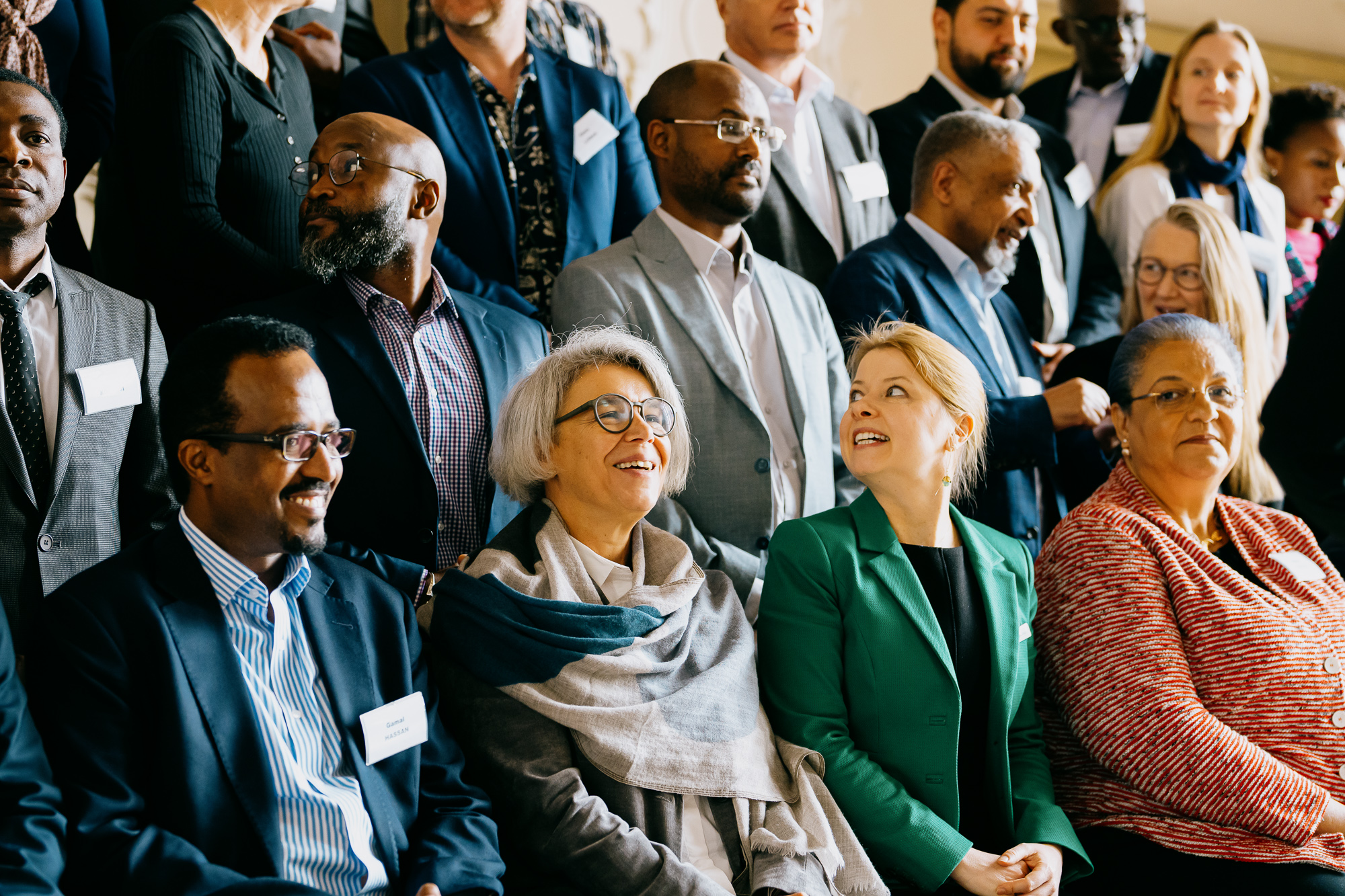In the past decade the international community has faced crises ranging from financial, medical, natural disasters, conflict, and humanitarian, with the current climate being no different. There is an additional geopolitical element to 2017 however that adds an unpredictable component to any on-going crisis.
Following a number of political ‘shifts’ in 2016, it can be argued that the new global political landscape no longer embodies the benefits of a multipolar environment, resulting in a lack of clear global leadership to unite international responses. Moreover the international stage is expected to be dominated by responses to ‘imminent’ political issues such as the rise of nationalism, shifting international global order, the need to combat Islamic extremism and the threat from Democratic People’s Republic of Korea (DPRK).
Consequently continuing protracted crises, such as climate change, the ongoing humanitarian disaster in Syria and the global refugee crisis are unlikely to get the attention they deserve from political elites. Major achievements of recent years, such as the Paris Climate Agreement (November 2016), are also at risk of bring superseded by more immediate crises.
Governance is predicted to get exponentially harder for nation states, with ageing populations and fiscal pressures mounting sharply. Moreover, governments are facing increasing budgetary crises and pressure to demonstrate the impact of aid spending. This can lead to an increased demand for ‘national’ and inward looking issues/policy. The subsequent moral and financial gap presents a unique opportunity which philanthropists could, and increasingly are, utilising to tackle problems that governments can’t or won’t.
With a specific focus on the new Sustainable Development Goals (SDGs), particularly SDG 17: ‘Revitalize the global partnership for sustainable development’, this event brought together leading thinkers from: the private sector, foundations, non-profits, government and academia to discuss the future of philanthropy; the major challenges and opportunities that philanthropists face; and whether they have a role in making people look outwards in an increasingly inward looking environment.
The key objectives were:
- Examine the current state of philanthropic giving and look to identify the major challenges and opportunities that each form of philanthropy might face as a result of the changing global landscape
- Identify what all types of philanthropy can do towards fulfilling SDGs
- Explore the new trends and tools that philanthropists, and other global development actors, can harness to achieve the greatest possible impact
- Bring together stakeholders to understand the new context of global aid with the reduction of state aid and global Official Development Assistance
- Map out the potential positive and negative impact of philanthropy, in terms of both financial resources and influence












